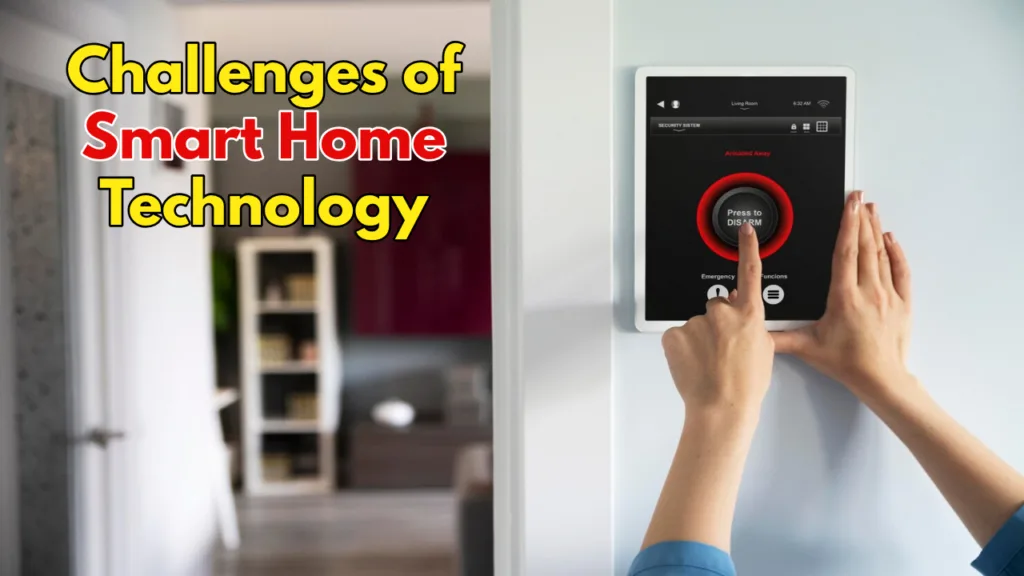In today’s digital landscape, video conferencing systems have become indispensable tools for communication, collaboration, and remote work. However, as our reliance on these platforms grows, so does the need to prioritize security. Sensitive information can be easily compromised during online meetings, making it crucial to establish robust safety measures. This article guides you through the essential steps to set up a secure video conferencing system, empowering you to conduct online interactions with confidence.
Choosing the Right Platform: The Foundation of Security
The first step towards secure video conferencing is selecting a platform with robust security features. Look for providers that offer end-to-end encryption, which scrambles data in transit and at rest, ensuring only authorized participants can access it. Multi-factor authentication (MFA) adds an extra layer of protection by requiring additional verification beyond passwords. Features like waiting rooms, where participants wait for the host’s approval to join, and the ability to disable screen sharing and recording further enhance security. Research and compare different video conferencing systems, prioritizing reputable providers with transparent and comprehensive security practices.
Fortifying Your System: video conferencing system
Once you’ve chosen a secure platform, optimize its settings and implement best practices. Always create strong, unique passwords for your account and enable two-factor authentication whenever available. Utilize the platform’s security features like waiting rooms, password-protected meetings, and participant controls. Update your application regularly to benefit from the latest security patches and bug fixes.
Network and Device Security: Building a Secure Perimeter
Your video conferencing system’s security extends beyond the platform itself. Ensure your network is secure by using strong Wi-Fi encryption, such as WPA2 or WPA3, and changing the default router password. Avoid using public Wi-Fi networks for confidential meetings. Keep your devices, including the computer used for conferencing, updated with the latest security software and operating systems. Consider using a virtual private network (VPN) for an added layer of encryption, especially when connecting from untrusted networks.
Educating Users: video conferencing system
User awareness is crucial for maintaining a secure video conferencing environment. Educate participants about security best practices, such as keeping cameras and microphones muted when not in use, being cautious about screen sharing sensitive information, and avoiding joining meetings from public or unsecured locations. Regularly remind them of the importance of strong passwords and responsible online behavior.
By following these steps, you can establish a secure video conferencing system that fosters trust and protects sensitive information. Remember, security is an ongoing process, so stay informed about evolving threats and update your measures accordingly. By prioritizing security, you can leverage the power of video conferencing with confidence, enabling seamless communication and collaboration in a safe digital space.
















